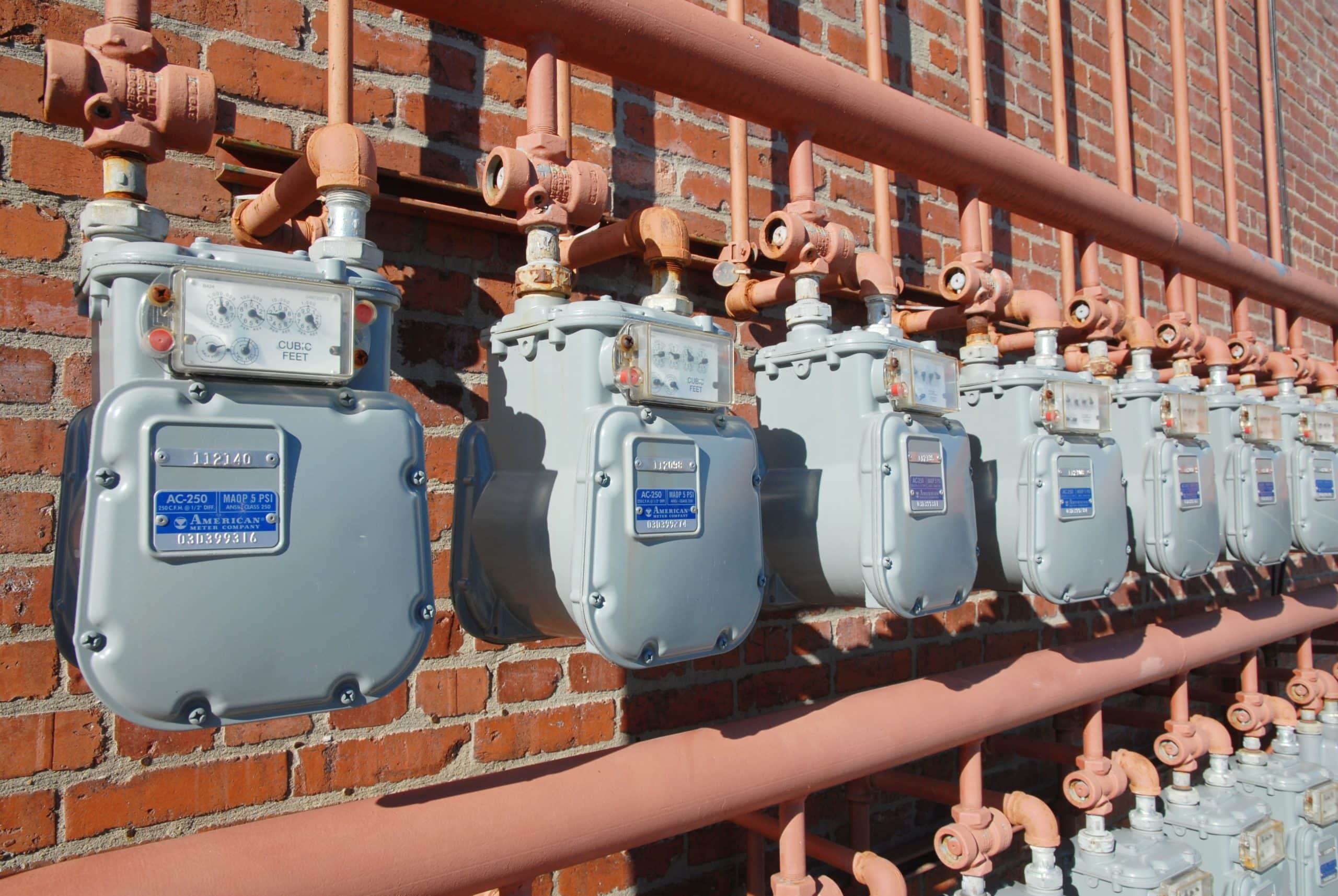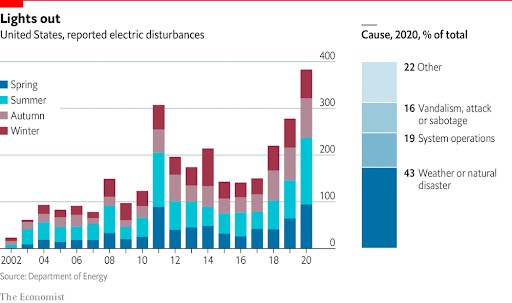Individuals and businesses around the world are feeling the weight of rising energy costs, and Californians are being hit hard. With the most recent rate hikes, SDG&E and PG&E customers face some of the highest costs in the state when it comes to gas and electricity.
Combine this with record-high prices at the pump, and Californians are being forced to cope with a lot of extra costs they weren’t dealing with 5 years ago.
Additionally, the aging power grid proves to be less and less reliable. And with an uptick in major wildfires, hurricanes, and flooding that causes power outages, businesses must begin to consider other solutions.
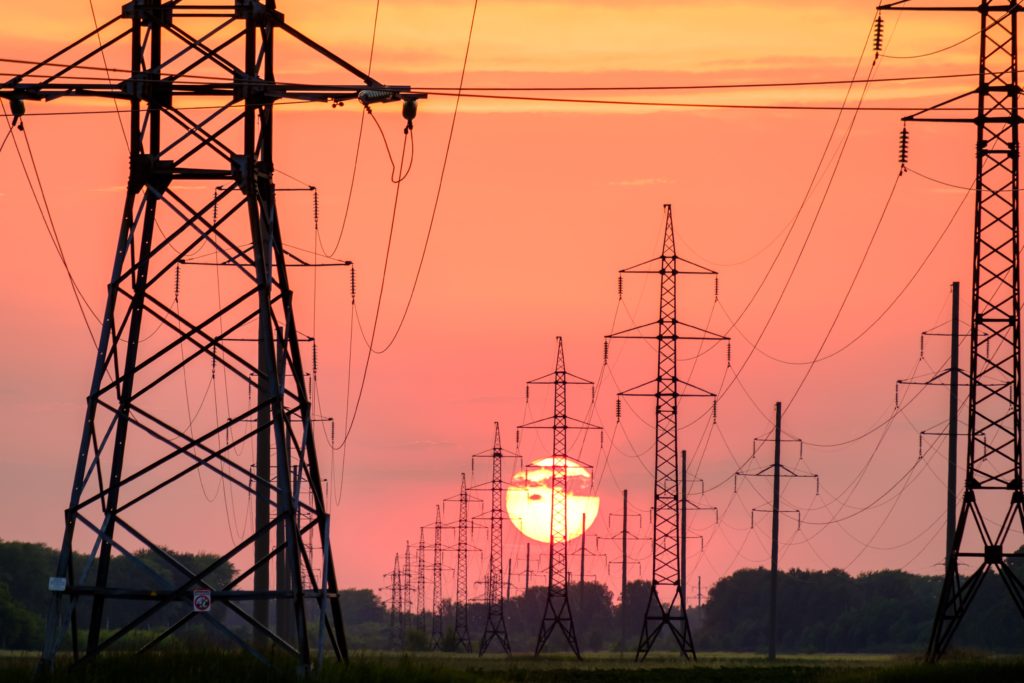
Let’s dive into what’s causing these rising energy costs and what can be done to reduce your dependency on the grid!
Rising Energy Costs Problem 1: Crisis in Ukraine
Rising energy costs are driven by a myriad of global and domestic issues, the most notable being the crisis between Russia and Ukraine. Russia is one of the world’s top oil and gas suppliers, with 40% of the country’s revenue derived from oil and gas exports.
This revenue is helping to fuel Russia’s military buildup in Ukraine. However, at the same time, U.S. and U.K. sanctions on Russian oil are further compounding the spike in energy costs as the supply is no longer readily flowing from the country.
In addition, other European countries are beginning to cut ties with Russian oil, however, plans toward a ban are delayed. This is due to fears of economic impact, particularly in Germany. Germany receives about 34% of its oil supply from Russia.
Furthermore, the EU as a whole receives about 25% of its oil supply from Russian imports. And with energy costs already rising, pulling the plug on Russian oil could cause a major economic rift.
Rising Energy Costs Problem 2: Rate Hikes at California Utilities
Already one of the most expensive states to conduct business in, California businesses feel the strain on access to affordable energy. An article in the North Bay Business Journal highlighted that on March 1st PG&E was set to raise commercial electricity rates by 8.4%.
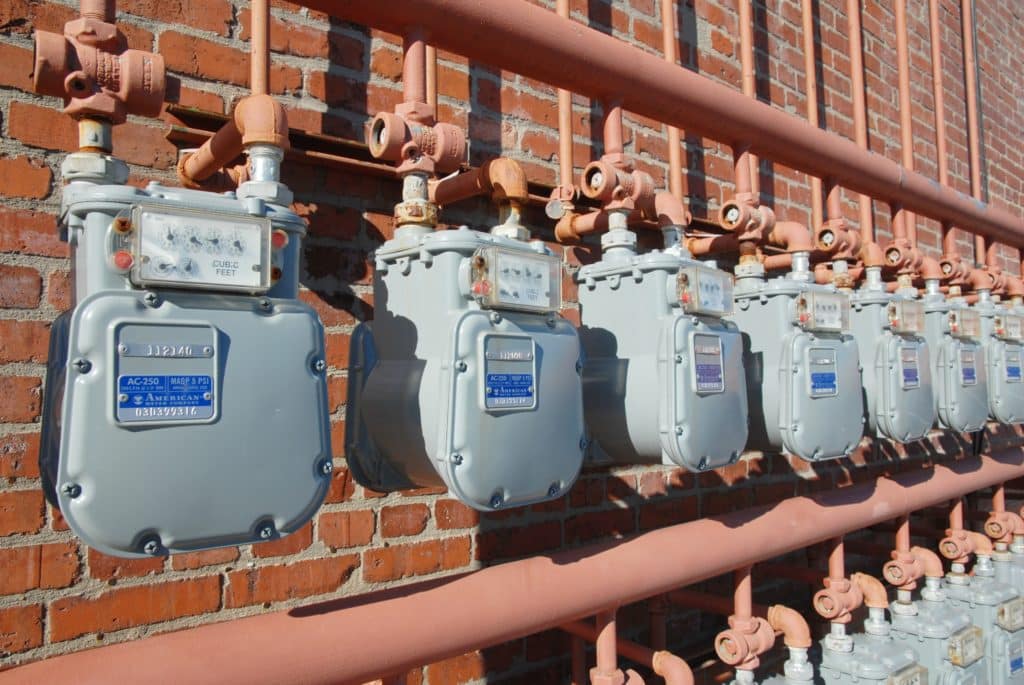
In addition to PG&E customers, a San Diego Union-Tribune article states that the San Diego region in January 2022 had the highest average electricity price in the country. This is a result of SDG&E increasing their electricity prices by 7.8% on January 1st. And natural gas prices jumped 24.6% compared with pricing in January 2020.
Rising Energy Costs Problem 3: Increase in Gas Prices at the Pump

More indirectly, rising gasoline prices impact businesses through the supply chain. While businesses might not spend directly on gasoline, their suppliers and transportation companies do.
On March 30th, the average dollar per gallon of regular fuel at the pump in California was $5.91, almost 40% higher than the national average. In San Diego on the same date, the average price was as high as $6.02. Suppliers are already passing these costs along to businesses, which have little to no choice but to bear the additional expense.
Rising Energy Costs Problem 4: Increase in Demand for Natural Gas
The ongoing drought in California has influenced the cost of natural gas. In the summer of 2021, the lack of significant rainfall in California kept reservoirs at a lower capacity, minimizing hydroelectric generation and making natural gas in higher demand at a higher price. We’re not just seeing this in California, but around the world.
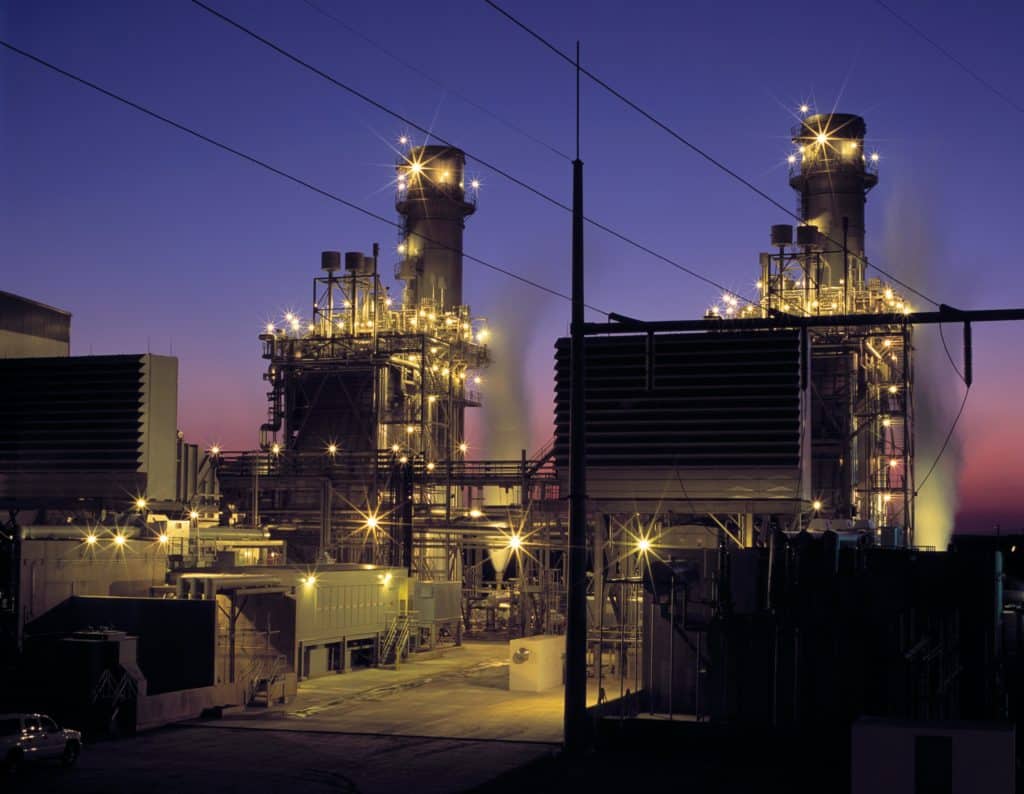
At the start of the pandemic, the demand for natural gas declined. But economies improved in 2021 and heaters were turned back up this past winter as people returned to work.
However, natural gas suppliers struggled to keep up with the demand. As a result, we have seen an increase in the price of natural gas by almost 25% in the past year according to SFGate.
We haven’t seen these types of increases in the cost of natural gas as it’s remained relatively low, and stable since the Great Recession of the early 2000s.
Rising Energy Costs Problem 5: Wildfire Mitigation

Wildfire mitigation programs also keep our utility costs high in California. According to the San Diego Union-Tribune, SDG&E has spent $3 billion in ratepayer funds since the deadly Witch, Guejito, and Rice wildfires ripped through the San Diego area in 2007.
These rising energy costs we feel from the utilities are further compounded by the question of reliability. Several wildfires in California’s rural areas due to aging PG&E infrastructure leave businesses frustrated that they’re paying more and reliability is going down.
Residents and businesses alike are not only concerned about costs, but about whether they can safely rely on the aging power grid.
In 2020, we saw an average outage duration of 8 hours for power outages in the U.S., largely due to major events such as snowstorms, wildfires, and hurricanes, in addition to monotonous factors like maintenance.
How can businesses start to address these factors?
While rising energy costs are a concern for all businesses, there is hope. Let’s look at some of the ways onsite energy systems are allowing businesses to move away from traditional grid energy and become energy independent.
Onsite Energy Solutions 1: Increase in Popularity and Availability of Onsite Energy Systems and Microgrids
The sale of microgrids has increased more than sevenfold between 2010 and 2019, as onsite energy systems provide reliable protection against blackouts. Grocery stores are especially vulnerable to outages, which has motivated the H-E-B grocery store chain to install microgrids at each of its Texas-based locations.
Since installing their first microgrids, H-E-B has been able to stay open for their communities in the face of several storms. When Hurricane Harvey hit in 2017, 300,000 Texas utility customers were without power. But 18 H-E-B stores were able to island their microgrids from the main power grid, running on “full-facility backup power for five consecutive days during the storm.”
Onsite energy solutions like those provided through VECKTA’s marketplace can both mitigate energy costs and additional risks within the supply chain. This is especially true for food and beverage companies that rely on a steady energy supply to keep food frozen, refrigerated, or at a constant temperature.
Onsite Energy Solutions 2: Increase in Affordability
In addition to onsite energy systems being more reliable power sources, renewable energy has also become more affordable. Just within the last decade, we have seen a decline in the cost of solar installation and onsite battery storage. And, according to the World Economic Forum, renewable energy systems were the cheapest source of energy in 2020.
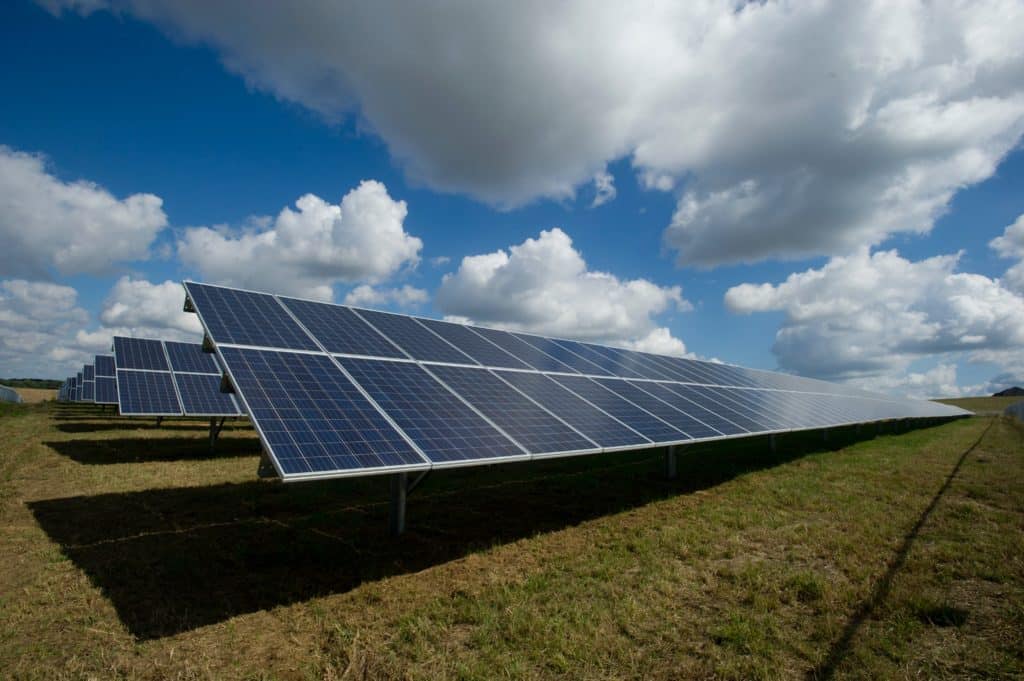
The Energy-as-a-Service (EaaS) model, where third-party Energy Service Providers (ESPs) bundle asset installation, financing, and electricity, allows microgrid customers to avoid paying anything upfront.
Lastly, there are many clean energy incentives available federally and in many states to help you cover the cost of an onsite energy system.
Onsite Energy Solutions #3: Increase in Customization
VECKTA designs customizable onsite energy systems for commercial and industrial energy users that incorporate various options from their marketplace of vetted onsite energy system suppliers. These can include suppliers of solar, wind, gas generators, battery and thermal storage systems, and more.
Furthermore, the VECKTA platform is a technology and commercial structure agnostic to address the specific needs of each business.
As an example, VECKTA is particularly known for helping businesses in the food & beverage industry, from food & beverage processors to refrigerated warehouses, adopt onsite, customized onsite energy systems to meet their electricity needs. VECKTA is working with Anderson Valley Brewing Company (add link), to help them cut costs, gain resilience during public safety power shutoffs, and eliminate 80+% of their energy-related carbon emissions.
A Few Final Thoughts on Rising Energy Costs and What You Can Do as Business
Businesses can’t stop utilities from constantly raising rates while offering less reliable services. However, businesses can opt for onsite energy solutions to mitigate their own energy costs, improve reliability, and reduce their carbon footprint.
Onsite energy gives businesses energy sovereignty and consumers are increasingly choosing more sustainable brands. It’s a win-win to start looking at what’s possible beyond the grid.

